The Camino departs from the Convento de Vilavella and you need to follow the yellow arrows to leave Redondela towards Arcade, going past the N-550 and walking parallel to it for a couple of kilometres to Cesantes. You will find the Chapel of Santa María once you get there. From there you have to continue to Arcade, in the municipality of Soutomaior, famous for its 13th-century Castle
READ MORE(if you want to see it you need to take a 4-km detour from the Camino), for its oysters and Albariño wine. Arcade’s natural oyster banks make it one of the most remarkable places to eat shellfish in Galicia. Soutomaior is also famous for its vineyards, spread all over the landscape, and for producing the wine of the Denomination of Origin “Rías Baixas”.
After that, you reach Pontesampaio, already in the municipality of Pontevedra. Its Roman bridge used to have 10 arches, although the current bridge dates from medieval times. It crosses the River Verdugo and played a key role in the battles that ended the French occupation in the 19th century. Nearby, you can find the river beach and several miradors over the Ría de Vigo.
The city of Pontevedra, with the River Lérez at its feet, has been given many international awards for urban planning due to the revitalisation it experienced in recent years and the prioritisation of pedestrians over cars. The old town is considered the second most important old town in Galicia after Compostela. There you will find the church of the Virxe da Peregrina, and many small and lively squares: Praza da Ferrería, Praza da Leña and Praza da Verdura, places where locals and pilgrims meet to go stroll, enjoy something to eat and drink in this city made of stone.
Tips from our postmen and women
What to do and see in the stage Redondela - Pontevedra?

“During the first weekend in April Arcade celebrates the Oyster festival, a great opportunity to eat oysters with Albariño from Soutomaior.
In Pontevedra, on the first Saturday in September we hold the Feira Franca, a medieval fair that takes the city back in time, with people dressing in period costumes to celebrate the privilege that the city was granted in the 17th century when it was allowed to have a one-month long tax-free market”.
Accommodations Redondela - Pontevedra
Image gallery
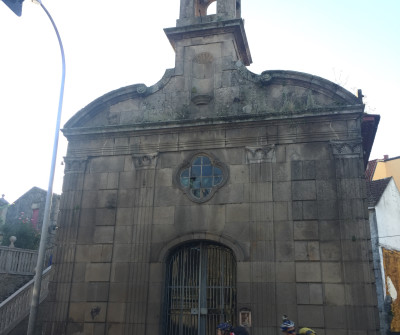
Santa Maria en Redondela, Camino Portugués
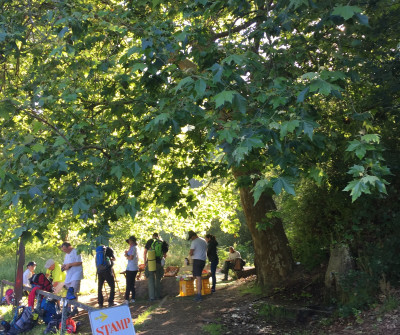
Zona de descanso en Redondela, tercera etapa del Camino Portugués
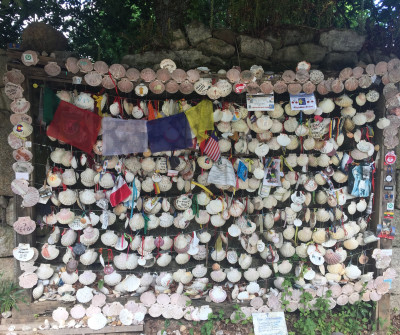
Conchas del Camino de Santiago en Redondela
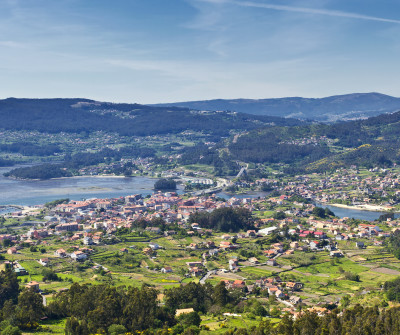
Vistas de Arcade desde el Camino Portugués
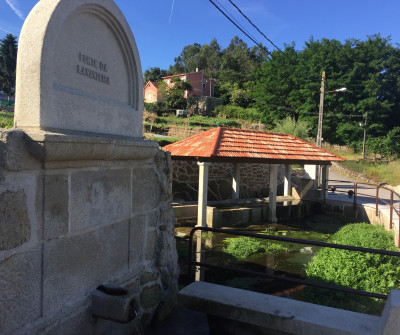
Lavadero en Arcade, tercera etapa del Camino Portugués
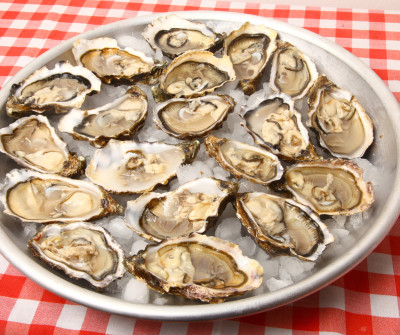
Ostras en Arcade, punto de paso del Camino Portugués
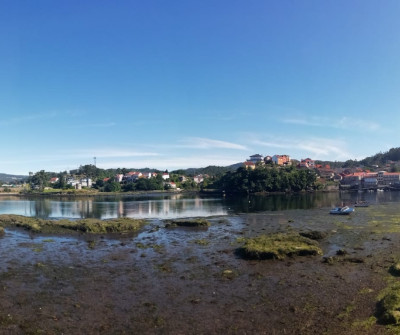
Panorámica de Pontesampaio, Camino Portugués
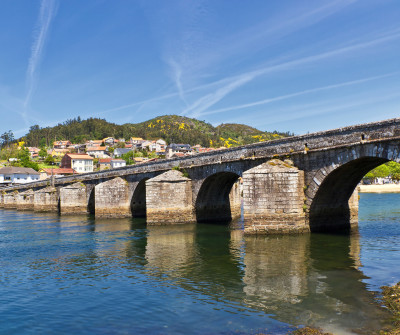
Ponte Sampaio, Camino Portugués
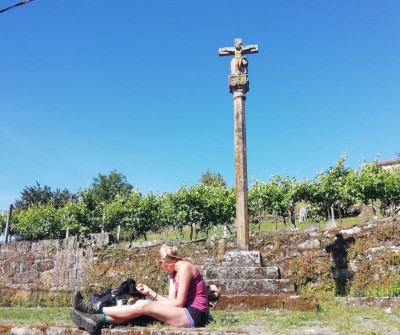
Peregrina en Pontesampaio, Camino Portugués

Canicova, parte del Camino Portugués
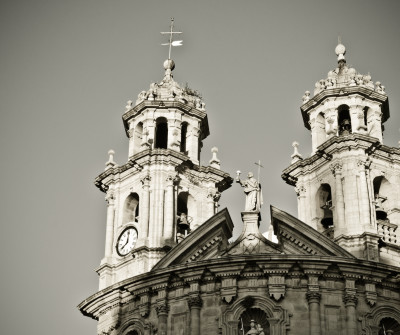
Iglesia de La Peregrina en Pontevedra, Camino Portugués
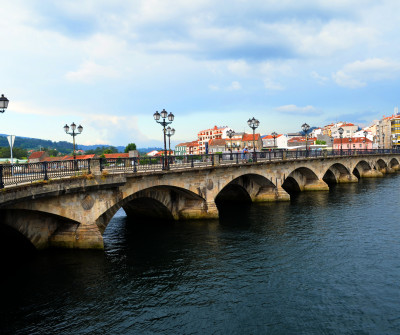


 Filter
Filter